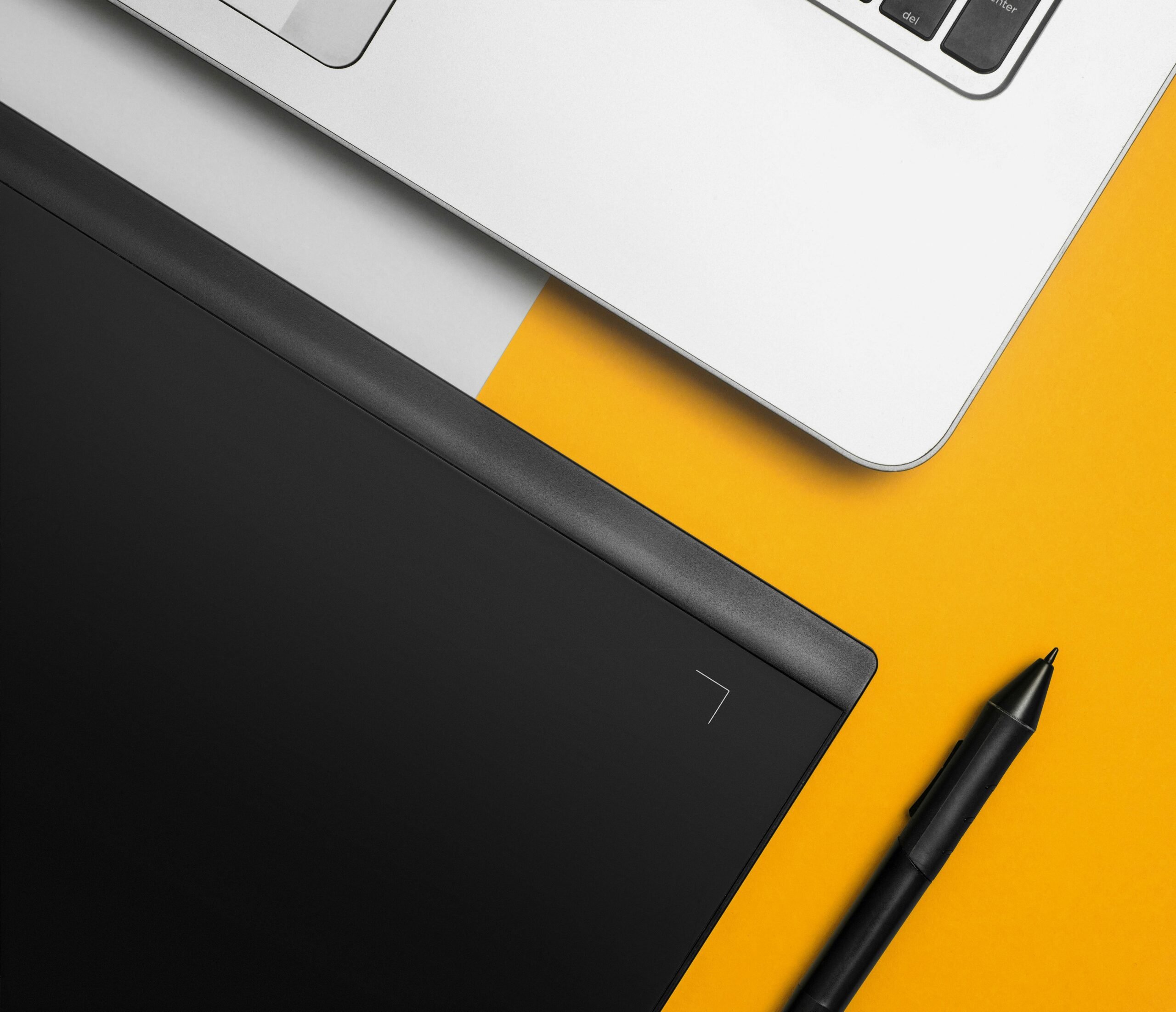
Tech

Contents
Stepping Back to Go Forward: When Tech Takes Over
The world right now seems completely lit up with the possibilities of AI. Every industry is buzzing with it, every business leader is talking about it, and every tech magazine is proclaiming it as the future.
To be fair, my own company has AI projects underway for clients across the globe. I’m not blind to its potential or trying to deny how powerful the technology is. But here’s the thing: for me, technology is a double-edged sword. While it opens doors and creates opportunities, it also makes me anxious.
Anxiety has always been a big issue in my life. I suspect it comes from years of being self-employed, where the constant pressure of “what if it all disappears tomorrow?” hangs over your head like a storm cloud. The fear of loss, the fear of failure, even the fear of the fear itself—it all blends together into a kind of constant background hum.
Interestingly, AI itself hasn’t made that anxiety worse. In fact, my curiosity about AI has often distracted me from worrying. But I’ve realised that other forms of everyday tech absolutely do feed it. And that’s what pushed me to step back, slow down, and rethink my relationship with gadgets.

Moving Backwards to Move Forwards
Recently, I did something I never thought I’d do: I intentionally moved backwards in tech.
For years I wore my Apple Watch without a second thought. It was sleek, efficient, and gave me every notification in real time. But one day, I swapped it for an old-fashioned analogue watch. Why? Because my anxious brain needed a break.
At first, I resisted the idea. Who willingly gives up efficiency in a world that thrives on speed? My Apple Watch was basically a command centre on my wrist. It gave me news faster than my phone, reminded me of meetings, tracked my fitness, and kept me looped into everything that was happening, everywhere, at any time.
But here’s the uncomfortable truth: did I really need to know the news instantly? Did I need to reply to every message within seconds? Did the world collapse if I didn’t? Of course not. Ninety-nine percent of the time, it could have waited.
What I began to notice was that the watch wasn’t just keeping me “informed”—it was training me to react. I’d be sitting at the dinner table with friends or family, yet my attention would snap instantly to the vibration on my wrist. I became a prisoner of the very efficiency I thought was helping me.
One particular moment made me stop in my tracks. A colleague’s wife once told me I’d woken her up at 2 a.m. because my latest “brilliant idea” had triggered her husband’s phone to buzz. That was the line. That was the moment I knew I’d gone too far.

Setting Boundaries
From that point on, I started creating rules to protect myself—and everyone else—from technology’s constant demands:
-
No emails or work messages before 9 a.m.
-
No work emails or messages after 5:30 p.m.
-
When you’re in a meeting, be fully in the meeting.
-
Remember: it can wait.
They might sound obvious, even old-fashioned, but enforcing these boundaries has been a game-changer. Not only have I felt calmer, but I’ve also noticed that I actually focus better during the day.
Instead of reacting to constant interruptions, I’m prioritising what’s genuinely important.
And that’s another big lesson: the age of instant communication has distorted our sense of urgency. We’ve been trained to prioritise whoever shouts the loudest or pings us first, rather than what actually matters most. Technology doesn’t distinguish between “urgent” and “important”—that’s our job.

Rediscovering the Obvious
So last week, I left my Apple Watch on charge and stepped into the day without it. I half expected to feel lost, disorganised, maybe even panicked. But do you know what happened?
Nothing.
The world didn’t end. Projects still got done. Clients still got answers. The only thing that changed was my mindset—and the atmosphere around me.
I found myself paying more attention to the conversations I was having in real time. I wasn’t twitching every time my wrist buzzed. I wasn’t interrupting meals to check an alert. I wasn’t letting technology dictate the rhythm of my day.
That single decision—choosing not to strap on the device—gave me a glimpse of what life could be like if I defined my own limits instead of letting the tech industry define them for me. It sounds simple, but it’s profoundly empowering.

A New Relationship with Technology
I’m not anti-tech. Far from it. My livelihood depends on technology, and I’m constantly inspired by the possibilities it creates.
But I am beginning to understand that technology has to serve me—not the other way around.
This is the start of a new relationship with the tools in my life:
-
One where I decide when to check the news.
-
One where I choose when to reply to an email.
-
One where I give myself permission to let things wait.
The road ahead is long, and I’ll probably slip back into old habits more than once. But for now, I’ve taken the first step.
And maybe that’s the real lesson: in a world obsessed with moving forward, sometimes the smartest move is to step back.

Will Ryles
Entrepreneur & Founder | Yellowstone Accounts
Ready to grow your business?
Even the greatest explorers needed a guide to
help them navigate the highest mountains
Useful Links
Contact
Let's Talk
help@yellowstoneaccounts.com
Head Office
Design House, Hills Meadow Industrial Estate, Douglas, Isle of Man, IM1 5EB.
Monday-Friday: 09am-6pm
(+44) 1624 820603





